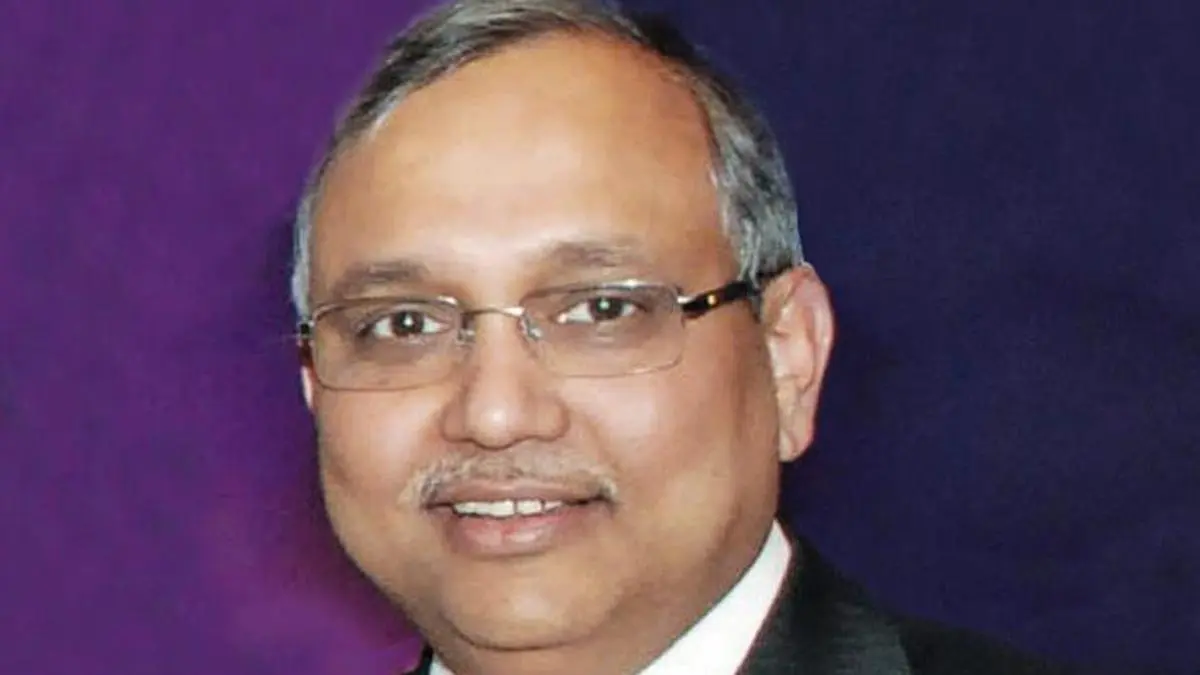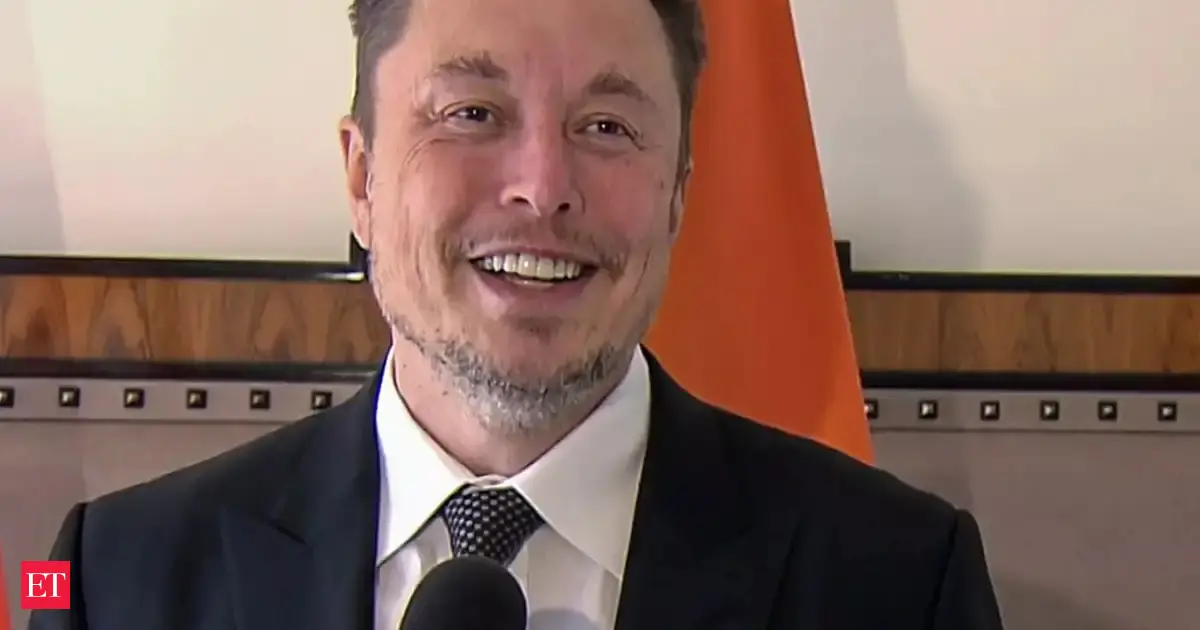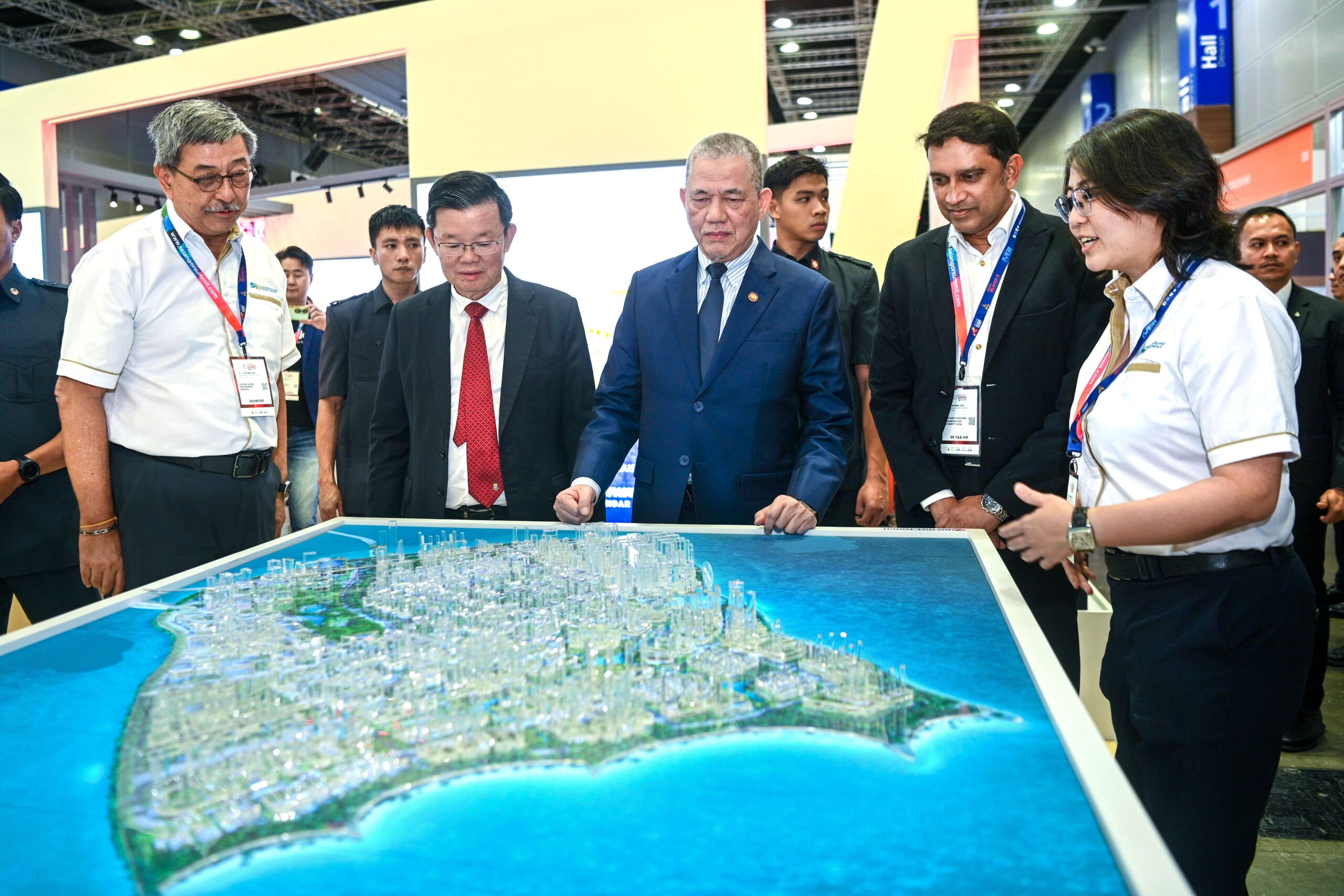Copyright thehindubusinessline

CII has proposed setting up an India Development and Strategic Fund (IDSF)--a sovereign-backed, professionally managed institution to finance India’s long-term growth, resilience and global economic security. Conceived as a twin-arm national fund, the IDSF would mobilise patient, long-horizon capital to build India’s productive capacity at home and secure critical economic interests abroad, the industry chamber suggested. Announcing the proposal, CII Director General Chandrajit Banerjee said “India is entering a decisive window of opportunity. We are already among the world’s largest economies, but to reach developed-economy status by 2047 we need structural, perpetual sources of long-term capital that go beyond the annual budget cycle.” The India Development and Strategic Fund would be a sovereign-anchored, professionally managed instrument that invests in both national capacity and strategic security, he added. CII’s proposal is based on the recognition that India’s growth ambitions in infrastructure, energy transition, manufacturing, technology and human development, will require funding at a scale that cannot be met by annual budgetary allocations alone. The Fund would help mobilise domestic and global savings and recycle national capital from mature assets into new productive capacity. “This is not about more borrowing. It is about better capital structuring, recycling our existing national strength into future assets instead of one-time fiscal use,” Banerjee explained. The IDSF is envisaged as comprising two distinct but coordinated arms. The Developmental Investment Arm would focus on financing long-gestation domestic priorities such as infrastructure, clean energy, logistics, industrial corridors, MSME scale-up, education & skilling, healthcare and urban infrastructure. It would also provide patient equity and blended finance to commercially viable projects that require long-term commitment. It would act as an anchor investor, crowding in pension funds, sovereign wealth funds and institutional investors from India and abroad. CII has suggested that India’s existing National Investment and Infrastructure Fund (NIIF) could be evolved into this Developmental Arm, leveraging its governance architecture and global investor base. The second arm, Strategic Investment Arm, would acquire and secure overseas assets critical for India’s long-term economic and security interests. These include energy assets such as oil and gas fields, LNG infrastructure and green hydrogen partnerships; critical minerals such as lithium, cobalt and rare earths; frontier technologies, including semiconductors, AI and biotechnology; and key global logistics and port assets. This arm would give India the ability to act proactively, to own rather than merely buy, in critical supply chains and technologies shaping the future global economy. “In a world where energy, minerals, technology and logistics are increasingly securitised, economic and strategic policy are now part of the same continuum,” Mr Banerjee noted. CII believes that with disciplined design and funding, the IDSF could, over the next two decades, build a managed corpus in the range of $1.3-2.6 trillion by 2047, comparable in ambition and credibility to the world’s leading sovereign investors. The proposed capitalisation roadmap includes a modest initial budgetary allocation to establish credibility, followed by systematic channelling of a share of asset-monetisation proceeds, from roads, transmission lines, ports and spectrum, into the Fund instead of one-time deficit reduction. Over time, a portion of the government’s equity in select public sector enterprises could be transferred to the Fund, turning these enterprises into instruments for India’s global expansion rather than mere disinvestment candidates, CII explained. In addition, the industry body said the Fund could issue thematic instruments such as infrastructure, green and diaspora bonds to mobilise long-term domestic and international savings, while co-investing with multilateral and bilateral partners. Once macroeconomic buffers are adequate, a calibrated allocation of a small portion of India’s foreign exchange reserves could also be considered for overseas strategic acquisitions in areas like critical minerals and energy. CII has emphasised that robust governance is the foundation of this concept. The proposal calls for a statutory India Development and Strategic Fund Act defining the Fund’s mandate, capital sources, withdrawal rules and disclosure norms. The Fund should retain majority ownership and strategic control with the government of India, while being run by a professional board combining senior government representation and global investment expertise. Two distinct investment committees would govern the Developmental and Strategic arms, ensuring clarity of focus and accountability. Published on November 10, 2025



